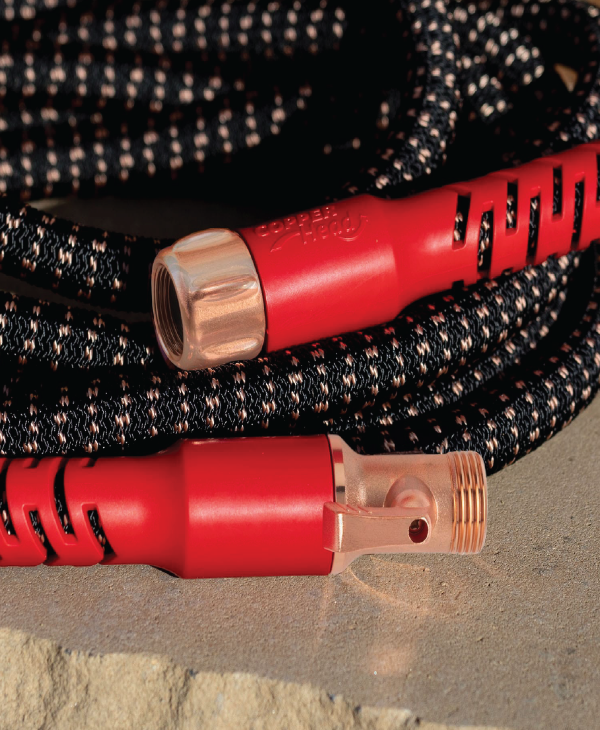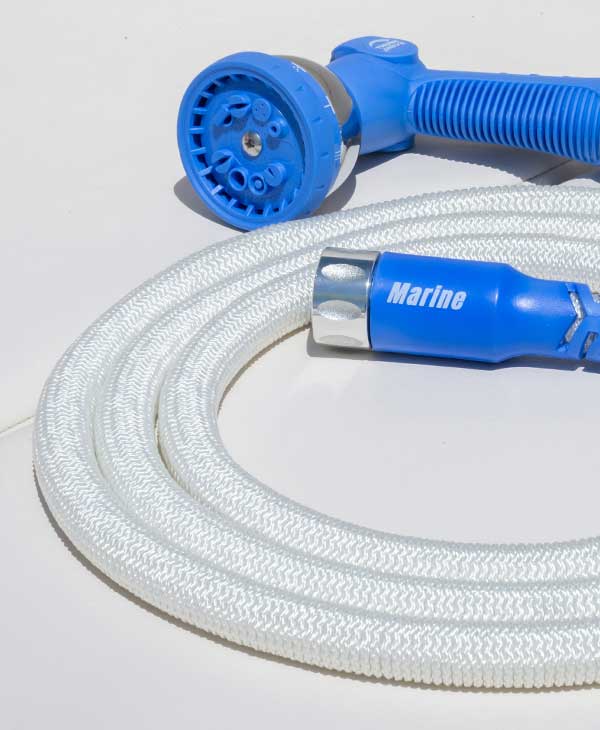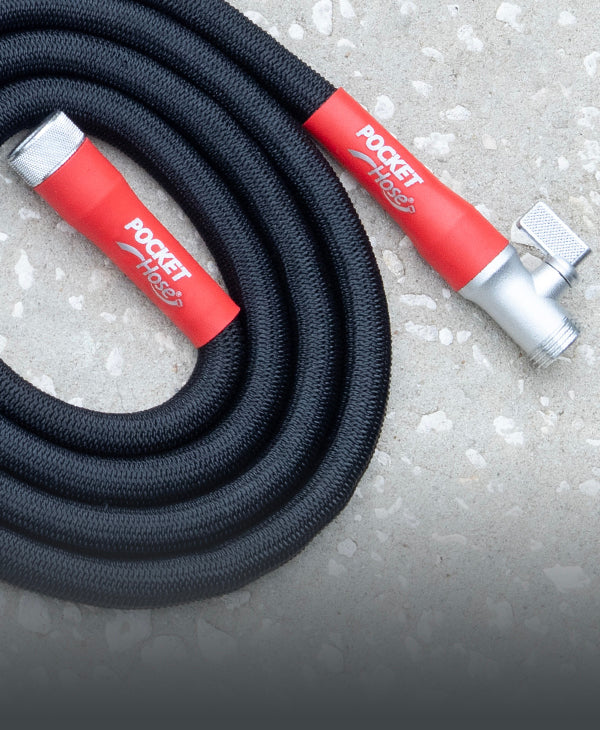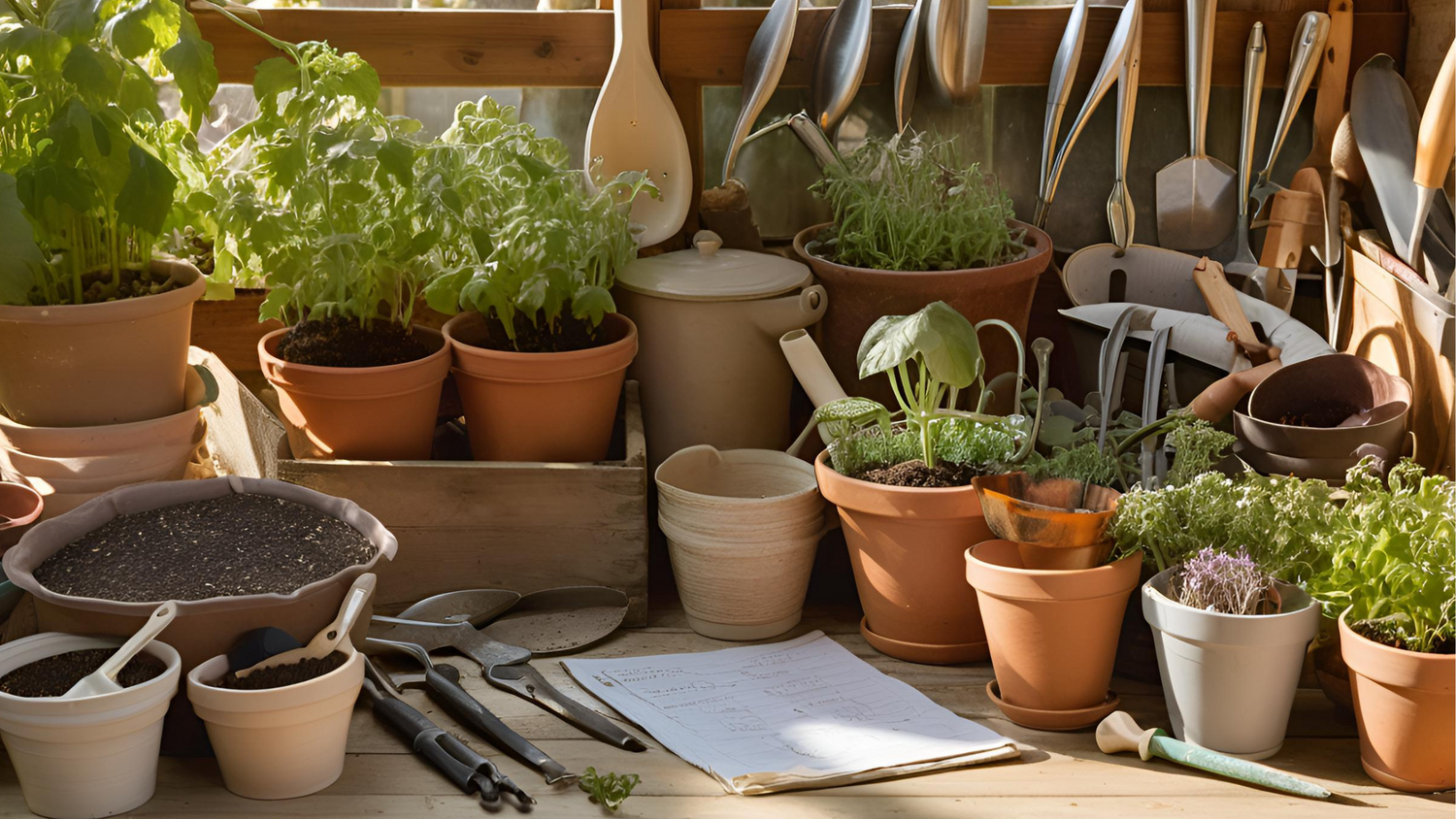As the frost begins to thaw and the promise of spring looms on the horizon, gardeners everywhere start feeling that familiar itch to get their hands dirty again. February may seem early to some, but it is crucial for setting the stage for a successful gardening year. With careful planning and some elbow grease, you can transform your garden into a vibrant, blossoming paradise when spring arrives. In this comprehensive guide, we'll explore February gardening tips, early spring gardening, and essential seasonal gardening tasks to prepare your garden for an abundant spring.
The Importance of February Preparation
February is often considered the calm before the storm in gardening. It’s the perfect month to focus on strategic planning and preparation before the frenetic energy of spring takes over. While still grappling with cold temperatures, this month allows gardeners to engage in less physically intensive activities that are equally significant to the garden’s success. Preparing your garden for spring during February ensures a smoother transition into the growing season and can drastically improve its health and productivity.
Key Benefits of February Preparation
- Prevention of Pest Problems: Tidying up in February can reduce the risk of pest infestation in spring.
- Soil Management: Early intervention in soil health can lead to richer yields and healthier plants.
- Early Harvests: Some crops thrive with cold starts, allowing you to enjoy fresh produce sooner.
Organizing Your Garden Tools
Before diving into your February gardening checklist, it's essential to ensure your tools are in tip-top shape. This month is ideal for assessing, cleaning, and repairing any tools you’ll rely on throughout the year.
Must-Have Tools for February Gardening
- Pruners and Shears: Essential for pruning, a critical task this month.
- Soil Thermometer: To ensure you plant seeds at the optimal soil temperature.
- Pocket Hose Copper Bullet: This expandable hose is an indispensable tool that makes watering tasks effortless. Its lightweight design and kink-free nature ensure that even the most extensive gardens can be easily navigated. Its durability also makes it a reliable long-term watering solution.
Cleaning and sharpening your tools in February can give your plants clean cuts and prevent diseases. Look for damaged tools and replace them if necessary so you're fully equipped when spring arrives.
Tidying Up: Cleaning and Pruning
The art of tidying up your garden is a crucial February gardening task. It involves cleaning last year's leftovers and pruning to prepare for new growth.
Steps to Clean Up Your Garden
- Remove Dead Leaves and Debris: After winter, your garden will likely be cluttered with dead plant material. Removing these can prevent pests and diseases.
- Dispose of Garden Waste Properly: Consider composting debris to provide nutrient-rich soil for new plants.
- Clean Paths and Patios: Winter can make garden paths slippery and dirty. A power wash will improve their aesthetics and safety.
Pruning in February
Pruning is one of the most critical tasks in your February gardening checklist. Correct pruning methods promote healthy new growth and significantly streamline plant shapes, resulting in better air circulation and reduced diseases.
- Fruit Trees: February is an excellent time to prune most fruit trees before sap rises.
- Roses: Prune roses to encourage new growth. Cut back to an outward-facing bud to shape the plant attractively.
- Shrubs and Vines: Trim back overgrown shrubs and vines to maintain desired shapes and improve flowering later in the season.
Remember that pruning aims to open the plant to sunlight and air, which is key to its health and productivity.
Soil Preparation: The Foundation of Successful Gardening
In the gardening world, your soil is the foundation of your success. February provides a remarkable opportunity to assess, amend, and prepare your soil for abundant spring growth.
Steps for Preparing Soil

- Test the Soil: Consider testing your soil's pH and nutrient levels. Testing kits are available at most garden centers and provide valuable information for soil amendments.
- Amend the Soil: Add necessary amendments based on your soil test results. In February, compost, peat moss, or lime are common amendments for acidic soils.
- Break Up the Soil: Early spring gardening benefits from aerated earth. Use a spade or tiller to break up compacted soil, improving drainage and root spread.
This preparation builds a nurturing environment for plants, allowing them to thrive during the growth months.
Planting Preparation: Planning and Early Crop Sowing
With your garden cleaned and soil prepared, February is an optimal time to draft a master plan for planting. Consider which plants will shine in your garden and set timelines for when to sow seeds or transplant seedlings.
Choosing the Right Plants
Careful selection can make your garden picturesque and productive. Consider mixing perennial flowers for beauty and vegetables for sustenance. Hearty, traditional crops like spinach or peas are advisable, as they can be sown directly in the cooler soil of February.
Indoor Seed Starting
Many plants can get a head start indoors before being transplanted outside in early spring. Some suitable options for indoor starting include:
- Tomatoes
- Peppers
- Eggplants
Starting seeds indoors will produce strong seedlings ready to grow once the risk of frost has passed.
Planning for Succession Planting
Succession planting maximizes garden output by staggering planting times for the same crop or quickly following one crop with another once harvested. February is an excellent time to plan your crops’ sequence across the growing seasons for continued harvests.
Essential Tools and Equipment
While planning and preparation are key, having the right tools and equipment can make the process more efficient and enjoyable. The Pocket Hose Copper Bullet is one of these tools you’ll want to consider. This garden hose simplifies watering tasks with its anti-kink design and superior durability. Its innovative design ensures it won’t weigh you down or deter your gardening momentum, making it indispensable for all your February gardening tasks.
Developing a Pest Management Strategy
A proactive pest management plan during February can safeguard your garden from common spring pests. Early prevention often yields better results than waiting until pests become a problem.
Steps to Develop a Pest Management Strategy
- Review Last Year’s Challenges: Reflect on what pests affected your garden last season and research effective, environmentally friendly solutions.
- Install Barrier Methods: Such as row covers or hoop houses, to protect vulnerable plants.
- Introduce Beneficial Insects: Encourage populations of ladybugs or praying mantises that feed on harmful pests.
Final Touches: Tricks for Season Extension
While February wraps up in cold conditions, you can commence your growing season early with the proper techniques. Consider implementing tactics that provide plants with favorable conditions well ahead of the actual spring weather:
Using Cold Frames and Greenhouses
Cold frames and small greenhouses can dramatically extend the growing season. They provide controlled environments that shield young plants against the harshest elements while allowing sunlight inside.
Utilizing Cloches
Cloches are protective coverings that help hasten the growth of individual plants. They effectively create a mini-greenhouse effect, which is ideal for protecting early crops from frost.
Wrapping Up Your February Gardening Tasks
February might still feel bound by winter, but it’s the gateway to spring for gardeners. You can set a solid foundation for a season filled with lush growth and joy by tackling these February gardening tips and seasonal gardening tasks.
To conclude, you set your plants up for success by investing time into preparing your garden for spring during the chilly days of February. From tidying the remnants of last year's garden to deciding which new plants to sow, every task brings you one step closer to a vibrant spring garden. And with the right tools, like the Pocket Hose Copper Bullet, you’ll find each task more manageable and enjoyable. Happy gardening!





Leave a comment
This site is protected by hCaptcha and the hCaptcha Privacy Policy and Terms of Service apply.